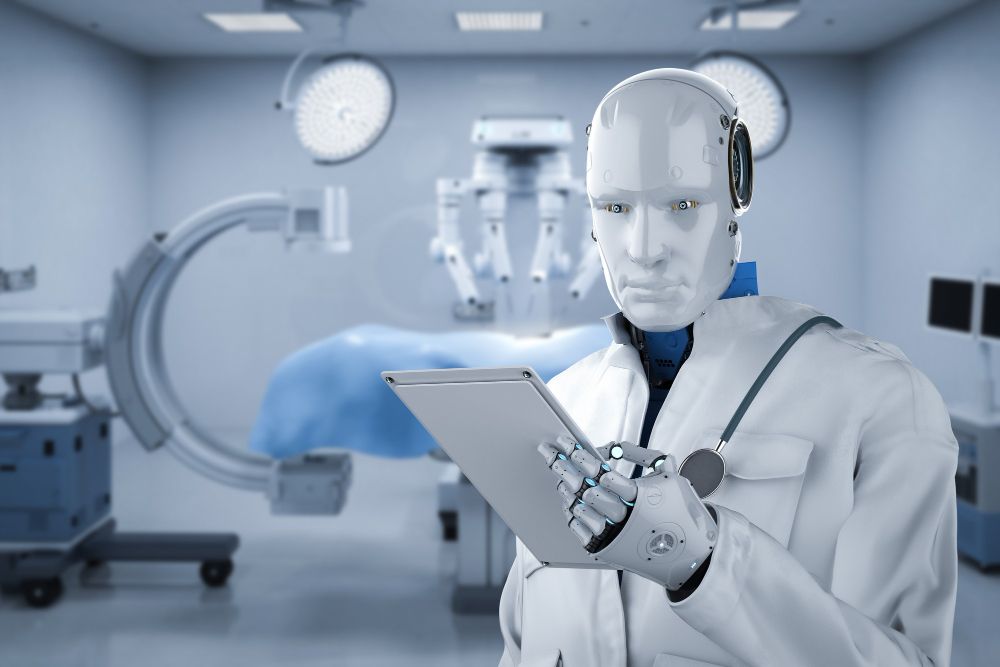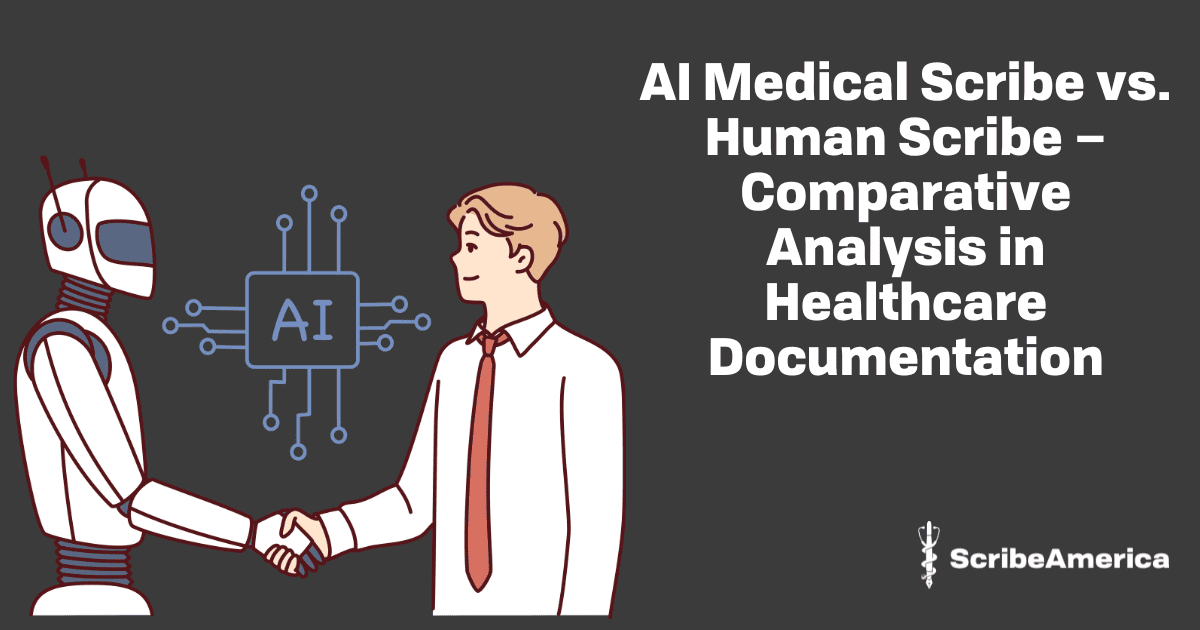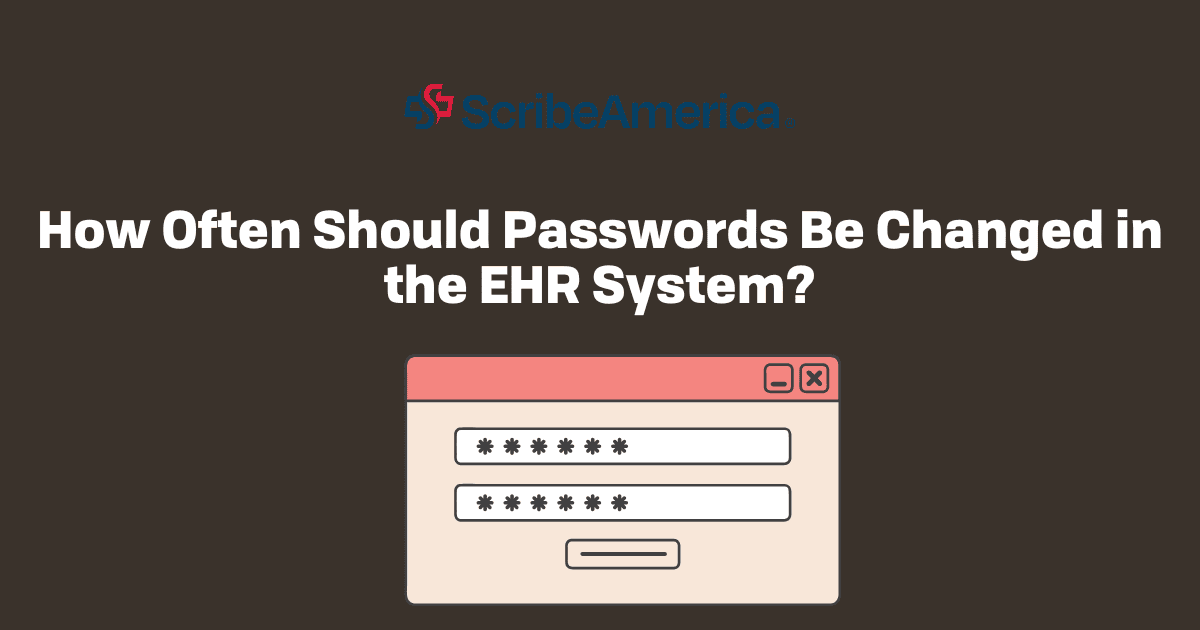Medical documentation is the backbone of modern healthcare. However, the traditional process of note-taking has long been a tedious task for physicians, often pulling them away from direct patient care.
The omnipresence of artificial intelligence inspires us to ask one major question: AI medical scribe vs. human scribe – which one better enhances efficiency, accuracy, and workflow in medical settings?
Speed and efficiency
One of the biggest differences when comparing AI medical scribe vs. human scribe is speed. An AI-powered scribe can transcribe and document patient interactions in real time without needing breaks or slowing down under pressure.
On the other hand, a human medical scribe brings adaptability and critical thinking to the table. They can pick up on nuances in conversation, adjust notes based on physician preferences, and even clarify unclear dictations on the spot. While an AI scribe is lightning-fast, a human scribe can provide real-time judgment that a machine still struggles to fully replicate.
Accuracy and context
When it comes to medical documentation, precision is really crucial. AI scribes leverage natural language processing (NLP) and machine learning to transcribe medical notes. They are trained on vast datasets to recognize medical terminology and structure notes. However, context is where things get tricky. AI models may sometimes misinterpret ambiguous language or fail to capture the subtlety of a physician-patient exchange.
A human scribe, by contrast, understands the nuances of conversation, including tone, non-verbal communication, and implied meanings. A physician saying, “Let’s keep an eye on this” may imply close monitoring, something an AI might document too literally or miss entirely. In the human vs. AI scribe debate, humans still have the upper hand in contextual understanding, though AI is catching up rapidly.

Cost and accessibility
One of the most significant advantages of AI scribes is cost-effectiveness. Hiring and training a human scribe can be expensive, especially for small or understaffed clinics. AI solutions, once implemented, provide a consistent and relatively lower-cost alternative. They’re also available 24/7, eliminating concerns about shift changes, vacations, or sick days.
However, a human scribe can provide a more personalized experience. They develop a working relationship with physicians, anticipate documentation needs, and even assist with administrative tasks beyond simple note-taking. In a setting where personal touch matters, a human scribe remains invaluable.
The takeaway – it’s all about striking the right balance
The AI medical scribe vs. human scribe discussion isn’t about one completely replacing the other. Instead, it’s about finding the right balance. AI scribes shine in speed, efficiency, and cost savings, while human scribes excel in context, adaptability, and personal touch. Some healthcare facilities may prefer a hybrid model – using AI for basic documentation while human scribes handle more complex cases.
As technology continues to evolve, AI scribes will undoubtedly become more sophisticated. However, the role of human scribes won’t disappear overnight. Rather than seeing it as human vs. AI scribe, the best approach may be collaboration for a more seamless, efficient, and patient-focused healthcare system.




